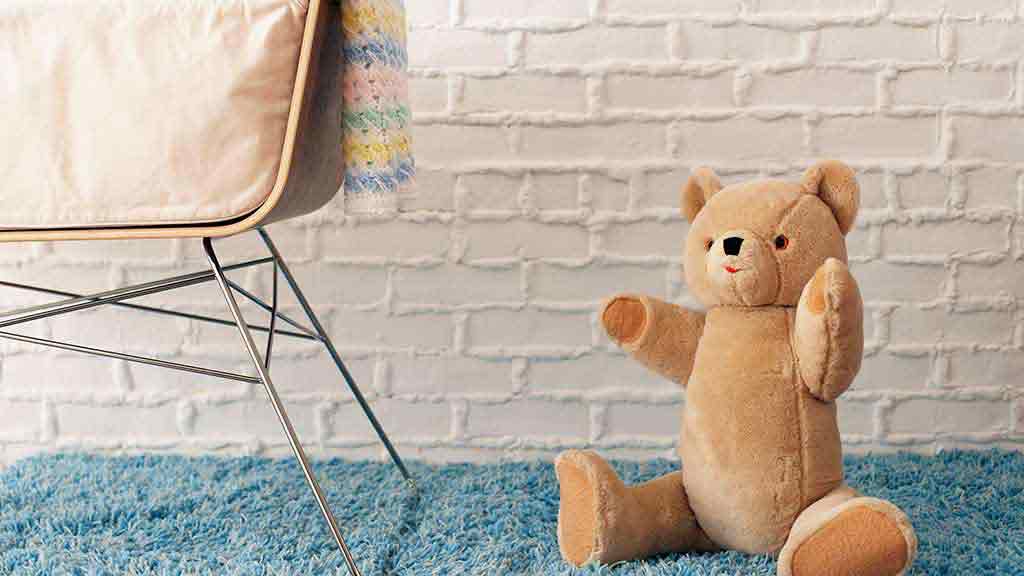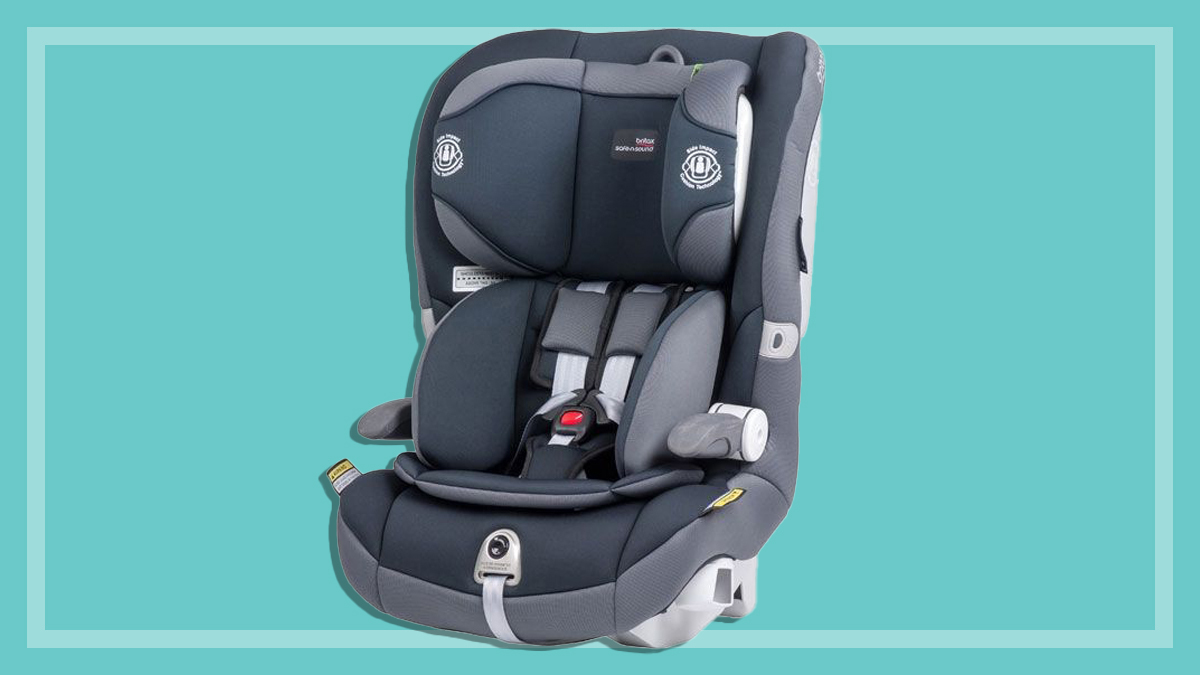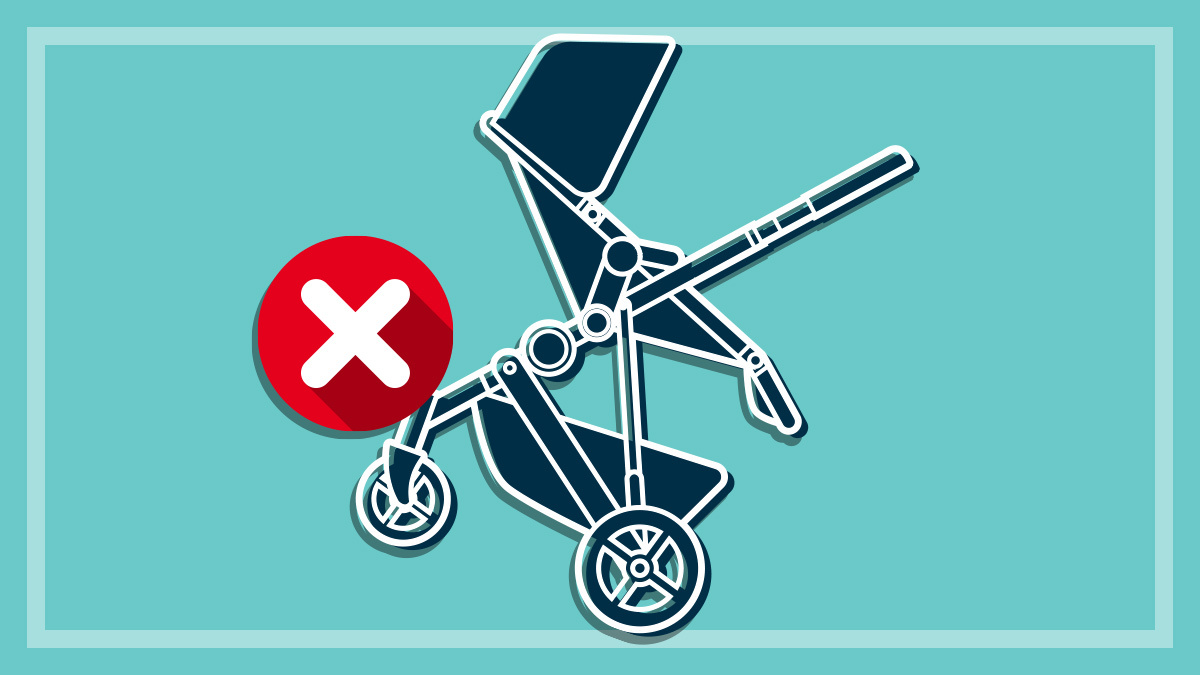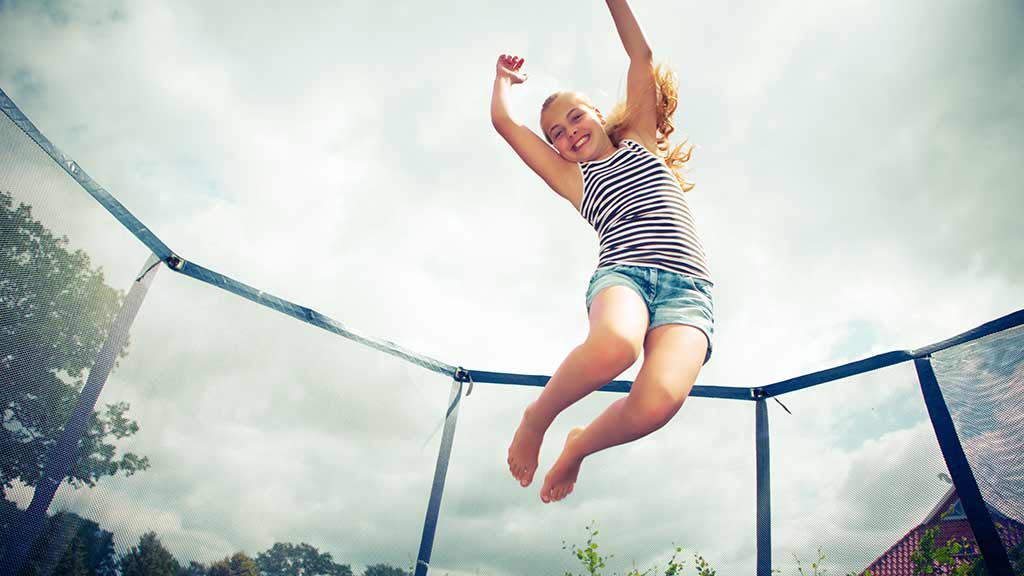Get our independent lab tests, expert reviews and honest advice.
Shopping for your baby: needs vs wants

If it’s your first time on the pregnancy merry-go-round, your ears might already be ringing with loads of free advice from more seasoned parents about all the pricey products you just can’t do without. Take a deep breath, sit back, and read our guide to the essentials. We know it can be a tough time, and the information being flung at you from every friend and relative can be overwhelming. Let’s sort the needs from the wants.
The ‘need-to-haves’
The things you’ll need when bringing up baby depend on your family’s circumstances (e.g. do you have a car? Are you having twins?). Here’s a detailed guide to the products you’ll pretty much need to own, with links to our reviews and buying guides.
- Cot or bassinet. If you’re buying the cot mattress separately, make sure it’s the right dimensions for the cot and not too soft.
- Stroller or pram (or a double stroller if twins are on the way).
- Child car restraint.
- Bedding – sheets, blankets and mattress protector. The bottom sheet and mattress protector should fit the mattress tightly. As an alternative to a top sheet and blanket, you can use a lightweight baby sleeping bag of the correct size that has a fitted neck, armholes or sleeves, and no hood. There should be nothing else in the cot besides baby and the basic bedding – no doonas, loose pillows, bumpers, toys, lambs wools etc.
- Nappies – three packs of small-size disposables or two dozen modern cloth nappies.
- Soft towel, face washer, baby soap or wash, cotton wool, nappy rash prevention and treatment (e.g. sorbolene and glycerine cream).
- Breast pads – four pairs of reusable pads, or a pack of disposables.
- Cotton wool squares or wipes, baby wipes, zinc cream (for preventing and treating nappy rash), petroleum jelly.
- Thermometer – either a probe or ear/forehead model.
- Soft hairbrush and round-tipped nail scissors.
- Up to eight singlets size 000-00; cotton for summer, and wool/cotton mix for winter babies.
- Up to eight nighties or onesies. Zips and pop fasteners are much easier than buttons when it comes to nappy changes.
- Onesies (or all-in-ones) keep the baby warm and stop nappy and singlet from drifting apart. You’ll get more wear out of them if you cut the feet out when the baby gets bigger (but don’t wait until the feet begin to look squashed – small feet can be damaged very easily).
- Nighties make it easy to change a nappy when you’re half asleep. Choose natural fibres wherever possible. Wool and cotton breathe better than synthetic fabric; they have very good insulating properties while allowing perspiration to evaporate, making them more comfortable next to the skin. Babies’ skin can sometimes react badly to contact with synthetic fabric (though a reaction to natural fibres is also possible).
- Two boat-neck pullovers or sweatshirts for cool days.
- Three or more bunny rugs or muslin wraps.
- Sunhat for summer, or a woolly hat for winter babies. Babies lose a tremendous amount of heat from their large heads and aren’t equipped with very efficient body thermostats at first.
- Two pairs of small socks (but not too tight or they might damage small feet), tie-on bootees or leggings. Children don’t need shoes until they’re walking. Avoid patterned socks – the looped threads on the inside can pose a risk to little toes.
- Bibs are useful and you may get plenty as presents. In general the larger ones are better. Plastic-backed ones keep the baby’s clothes dry when dribbling constantly (during teething, for example), but should be removed before putting to sleep. Be careful with the strings if you have tie-on ones.
- A high chair or portable high chair once your baby is eating solid food and sitting up unaided.
The ‘nice-to-haves’
It’s easy to get carried away with wanting to provide the perfect experience for your baby – from all the toys that can fit in the nursery, to guiltily buying every product that trades on the idea of ‘if you really loved your baby, you’d buy this’. It can even come in the form of peer pressure at neonatal class or a parents’ group – other parents might try to justify their own spending by pressuring you into doing the same. If you know what’s essential and what’s not, you can avoid the same traps.
Some of the ‘want’ items, or the nice-to-haves (but by no means essential), include:
- Playpen.
- Change table – though this might be classed as essential if you want to protect your back.
- Portable cot.
- Baby monitor.
- Safety equipment such as safety gates, child-resistant locks and catches.
- Baby bath – you can wash your baby in the family bathtub or a sink, but a baby bath can make the job easier.
- Baby sleeping bag.
- Bouncer or rocker.
- Breast pump.
- If you’re expressing or bottle feeding: bottles and teats, bottle brush and sterilising equipment.
- A baby bag for taking the essentials on outings.
- A special outfit or two for when baby’s on display.
- Toys and amusements.
- Olive oil for massage and moisturising.
Now that you know what’s essential and what’s not, you can start planning and budgeting for your baby’s needs – and hopefully fend off some of the advertising and peer pressure that inevitably comes along with such a momentous life event!





